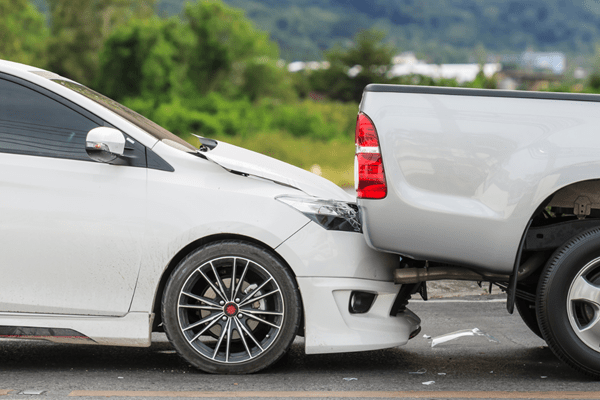Many people would consider a bigger car to be significantly safer than small cars, however technology has shrunk the gap between the sizes to focus on the overall safety of newer cars.
Newer Cars are Safest – Regardless of Size
Modern vehicles have more safety features that minimize injury and risk of death. You can certainly add many features (for a price), but some of the standard safety features include:
- Side, rear, side-curtain, and front airbags
- Electronic stability control, which stabilizes your car if it spins out of control
- Back up sensors and back up camera
- Blind spot warning using a camera or sensor
Weight and Size
Bigger cars are heavier and can absorb the force of an impact better than a smaller car. Larger hoods in bigger vehicles have the advantage in head on collisions because they have a more significant crumple zone.
Momentum
As the weight of the car increases, momentum does as well, meaning it takes more time for the vehicle to slow down. Smaller cars have a higher risk when involved in a collision with a larger car. In a collision with a smaller vehicle, the energy of the bigger car will be transferred to the smaller car, causing it more damage.
Height
Larger vehicles may be more at risk for rollover accidents as they have a higher center of gravity. Cars lower to the ground have a higher risk of sliding underneath another vehicle, i.e. a small car and a semi-truck.
What is the Safest Type of Vehicle?
Generally, this varies from family to family.
- Are you looking to keep small children safe? Looking for a car for a new driver?
- Can you afford to spend a lot in gas or are you looking for something a little more environmentally friendly?
A little research can provide you with information on
- Vehicle ratings and crash tests
- Included safety features and available add-ons
- Electronic stability control
- Recalls that may compromise the safety of the vehicle
If you’ve been in a collision and are in need of repairs, please contact Stroebel Automotive Today.

